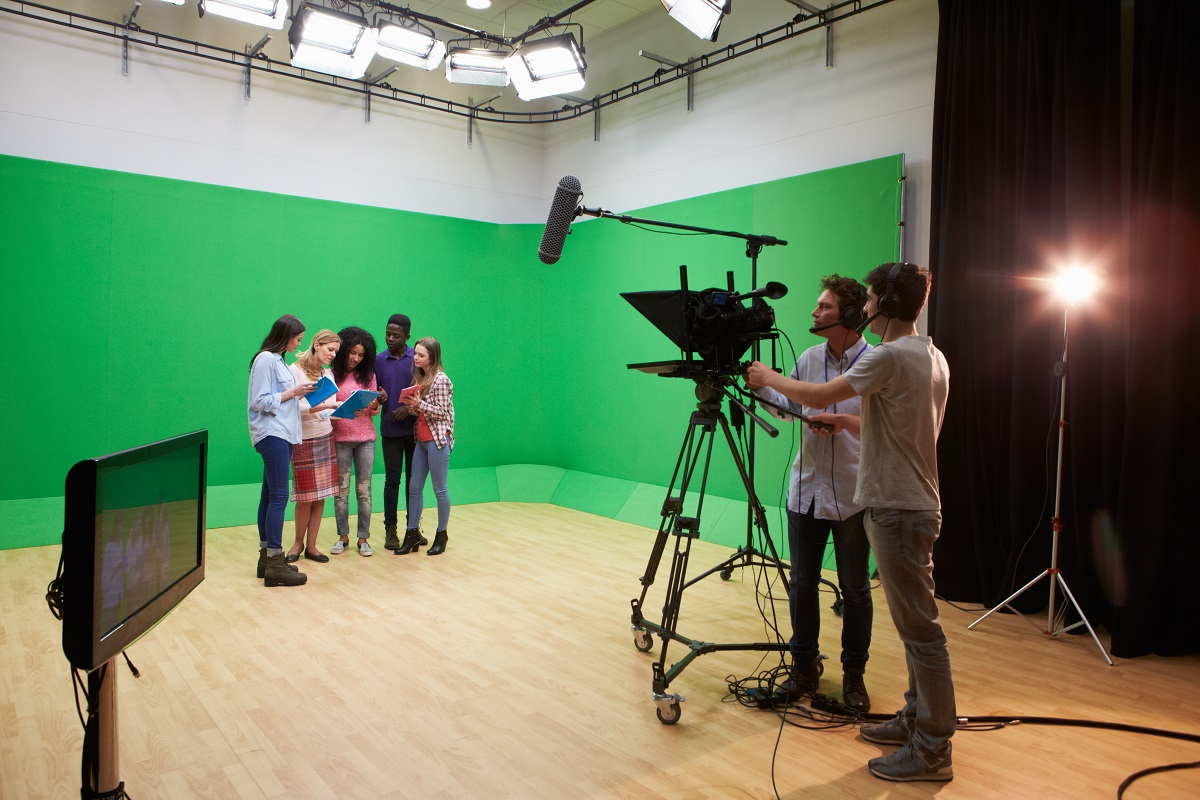Visual storytelling training is essential in various industries, including film, television, marketing, and design. Mastering the art of visual storytelling can open up a world of opportunities for professionals seeking to convey impactful narratives through visual mediums.
Film Director
Film directors are responsible for bringing a script to life on screen. They work closely with the production team, actors, and crew to ensure the vision of the film is realized. Directors must have a strong understanding of visual storytelling techniques, camera angles, and shot compositions to create a visually compelling narrative.
Cinematographer
Cinematographers, also known as directors of photography, are in charge of capturing the visual elements of a film or video production. They work closely with the director to achieve the desired look and feel of each scene through lighting, camera movement, and framing. Cinematographers play a crucial role in translating the director’s vision into captivating visuals on screen.
Storyboard Artist
Storyboard artists translate scripts into visual sequences by creating hand-drawn or digital storyboards that outline each shot in a film or TV show. They help directors and cinematographers visualize the scenes before filming begins, ensuring a cohesive and visually engaging narrative. Storyboard artists must have a strong eye for composition, perspective, and storytelling flow.
Production Designer
Production designers are responsible for the overall visual aesthetic of a film or TV production. They collaborate with the director and other key creatives to design sets, props, costumes, and locations that enhance the storytelling process. Production designers must have a keen sense of style, color theory, and spatial design to create immersive visual worlds that support the narrative.
Editor
Editors play a crucial role in visual storytelling by piecing together raw footage to create a cohesive and engaging narrative. They work closely with directors and producers to craft the pacing, mood, and tone of a film or TV show through the arrangement of shots, transitions, and visual effects. Editors must have a strong technical skill set, creative vision, and storytelling instinct.
Graphic Designer
Graphic designers use visual elements such as typography, imagery, and color to communicate ideas and messages across various mediums. In the realm of visual storytelling, graphic designers play a key role in creating title sequences, promotional materials, and digital assets that enhance the overall narrative of a film or TV show. They must have a strong understanding of design principles, branding, and visual communication.
Art Director
Art directors oversee the visual aspects of a film or TV production, including set design, props, and overall artistic direction. They work closely with production designers, costume designers, and set decorators to ensure that the visual style of the project aligns with the director’s vision. Art directors must have a keen eye for detail, creative flair, and strong leadership skills to bring the visual elements of a production together seamlessly.
Colorist
Colorists are responsible for enhancing the visual appeal of a film or TV show through color grading and correction. They work with directors and cinematographers to achieve the desired color palette and mood for each scene, creating a cohesive visual style that enhances the storytelling experience. Colorists must have a keen eye for color theory, lighting, and visual aesthetics.
Visual Effects Artist
Visual effects artists create digital effects and animations that enhance the visual storytelling of a film or TV show. They work with directors and editors to integrate CGI, compositing, and special effects seamlessly into live-action footage, bringing fantastical elements to life on screen. Visual effects artists must have a strong technical skill set, creativity, and attention to detail to produce realistic and visually stunning effects.
Motion Graphics Designer
Motion graphics designers specialize in creating animated graphics and visual effects for film, TV, and digital media. They combine graphic design, animation, and visual storytelling techniques to convey information, enhance storytelling, and engage audiences visually. Motion graphics designers must have proficiency in animation software, design principles, and storytelling through motion.
Conclusion
Visual storytelling training is crucial for professionals in the creative industry looking to enhance their skills and excel in their careers. Whether you’re aspiring to be a film director, cinematographer, graphic designer, or visual effects artist, mastering the art of visual storytelling can set you apart in a competitive industry. By understanding the principles of visual storytelling, honing your technical skills, and staying abreast of industry trends, you can create compelling narratives that resonate with audiences and leave a lasting impact.
Key Takeaways:
- Visual storytelling skills are valuable across multiple creative industries, making them a strong career asset.
- Many production roles—from directing to editing—depend heavily on understanding composition, lighting, pacing, and visual flow.
- Successful visual storytelling requires both creative vision and technical proficiency.
- Collaboration is essential, as most visual roles work closely with directors, cinematographers, designers, and editors.
- Pre-production tools like storyboards are crucial for planning and aligning the creative vision.
- Visual consistency across sets, color grading, props, and design elements strengthens narrative impact.
- Post-production roles such as editing, color grading, and visual effects significantly shape the final storytelling experience.
- Digital design skills—including graphic design, motion graphics, and VFX—play an increasing role in modern visual narratives.
- Continuous learning and staying updated with industry trends help creatives remain competitive.
- Mastering visual storytelling can elevate projects, enhance audience engagement, and open diverse career opportunities.
Consider enhancing your skills and knowledge in visual storytelling by enrolling in the NYU Film and TV Industry Essentials online course and certificate program offered by Yellowbrick. This comprehensive program can provide you with the tools and expertise to excel in the competitive world of visual storytelling and propel your career to new heights.








